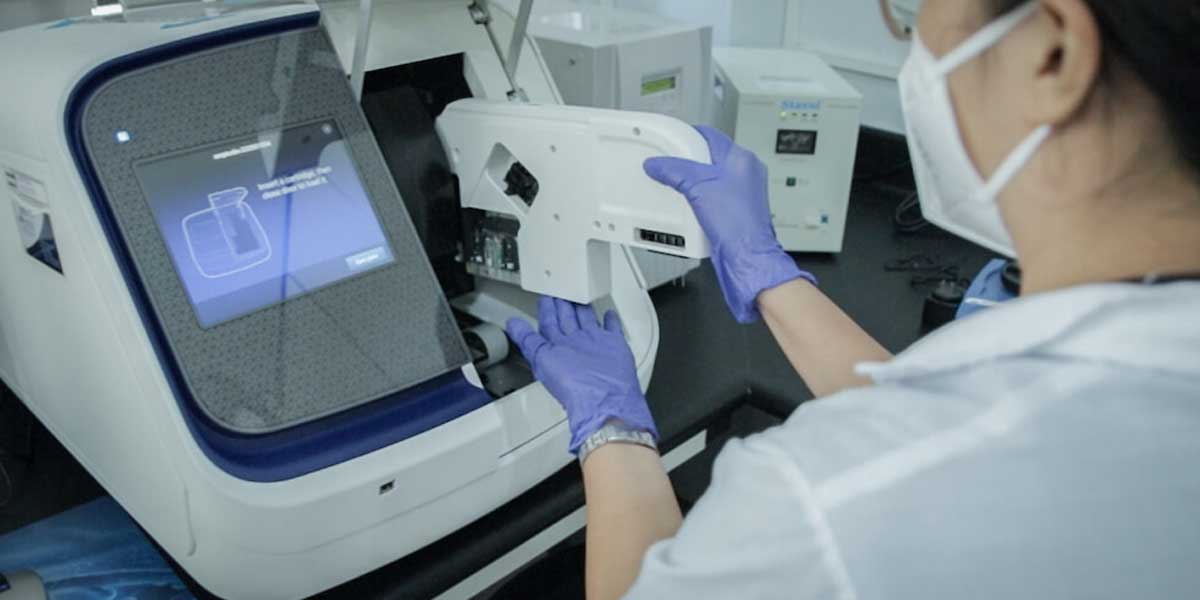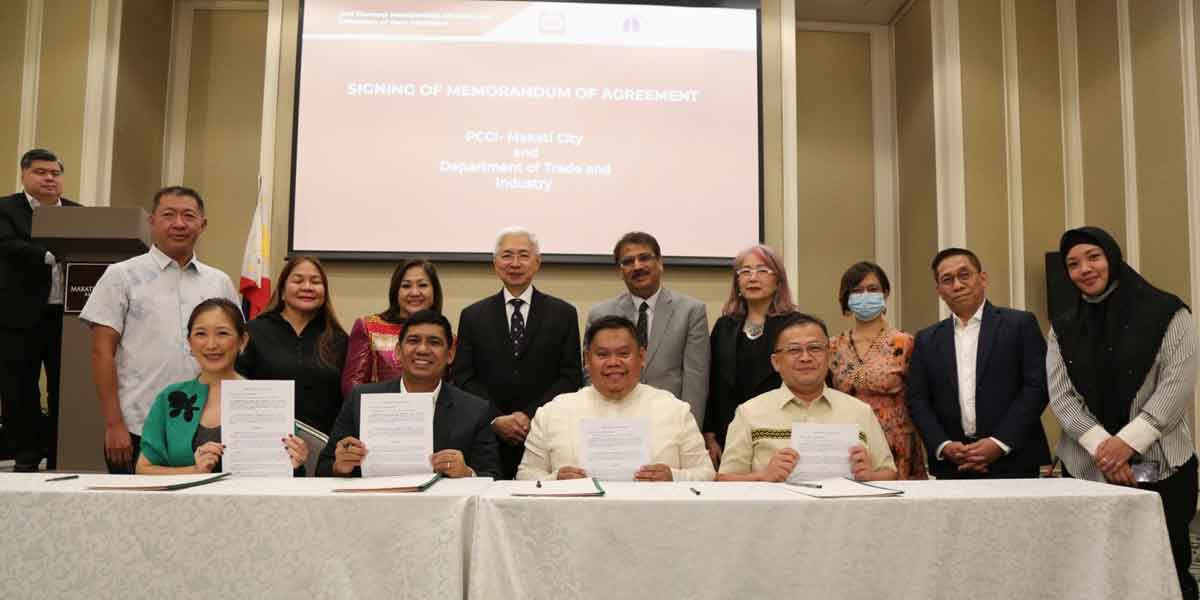
The Department of Health (DOH) and the University of the Philippines – Philippine Genome Center (UP-PGC), in coordination with the Department of Science and Technology (DOST), announced on Tuesday that it is now closer to strengthening the country’s biosurveillance capacity with the approval of the Php295.7-million budget needed for the expansion of the PGC in Visayas and Mindanao.
Aside from detecting COVID-19 variants, genomic biosurveillance plays a big role in detecting possible outbreaks of diseases, tracking how a virus is transmitted, and guiding the overall public health response and disease surveillance even beyond the COVID-19 pandemic.
The current capacity of the UP-PGC is sequencing approximately 750 samples a week, but logistical limitations pose a challenge for regions to regularly send their samples to Manila.
The availability of the highly-technical equipment and tools for the whole genome sequencing in Visayas and Mindanao is beneficial for the regions’ current COVID-19 response and for surveillance of other diseases.
Recently, PGC-Visayas based in UP Visayas campus in Miagao, Iloilo acquired Next Generation Sequencers, which would allow them to read ribonucleic acid (RNA) and determine characteristics of viruses and other organisms at a molecular level.
The RNA, which is the viral equivalent of the deoxyribonucleic acid (DNA) in humans, animals, and other living organisms, contains the genetic information, including mutations of viruses and other RNA-based molecular entities.
In relation to COVID-19, the sequencer equipment can determine the variants in samples obtained from confirmed COVID cases.
Aside from determining COVID variants, the sequencer can also spot characteristics of different types of cancers, look at actual causes of ice-ice diseases in seaweeds, and breeding programs for shrimps, among other uses.
The sequencing effort takes off from the molecular biology equipment that the DOST-Philippine Council for Health Research and Development has initially put in place in PGC Visayas and Mindanao.
“We have been working with the DOH, DOST, and the UP-National Institutes of Health since the start of the COVID-19 pandemic. Our partnership with the DOH and the DOST has highlighted the importance of the country’s biosurveillance capacity in disease prevention and control. May this partnership lay down the foundations of further improving our biosurveillance capacity,” UP-PGC Executive Director Dr. Cynthia Saloma said.
“This partnership between the DOH, UP, and DOST has always helped us deliver a better COVID-19 response for our kababayan. Whole genome sequencing is vital to our COVID-19 response and we could not have detected variants without the assistance of the UP-PGC, the UP-NIH, and DOST. We will continue to assist the UP-PGC in any way we can. Additionally, we could not have done this without the help of the DBM who is kind enough to provide us with this budget. By strengthening the country’s biosurveillance capacity, we hope to prevent future outbreaks of diseases in the Philippines,” said Secretary of Health Francisco Duque III.
As part of the biosurveillance activities for COVID-19 response, whole genome sequencing is vital to the COVID-19 response of the governments. It can be used to detect presence of new variants in the country, if the variants are causing the spikes in cases in certain areas, and if there are already local transmissions of the variants.
UP President Danilo L. Concepcion lauded the move, saying that UP and its research units, including the Philippine Genome Center and its satellite facilities in Visayas and Mindanao, stand as a national university always at the ready to serve the interests of the Filipino people.
“This is no less than our mandate under RA 9500–that we harness the expertise and resources we have to support national development and the improvement of lives. We in the University and the PGC will do all we can to help the country win this fight against this pandemic. I thank and commend all our scientists, researchers, and healthcare workers who continue to work round the clock to track and monitor this virus and to save lives,” President Concepcion said.
The work to build the country’s preparedness against pandemics began twelve years ago, with the establishment of the Philippine Genome Center in UP Diliman on July 31, 2009.
By building on cutting-edge genomic tools and by nurturing the capacity of Filipino scientists, researchers and technical personnel, the Center has provided significant inputs to the implementation of evidence-informed strategies by the DOH and local government units.
“The DOST and UP are determined to strengthen the country’s capabilities in emerging technologies which include GNR- Genomics, Nanotechnology and Robotics—which will bring about country readiness in frontier technologies. These are now being realized and we experience first-hand their benefits as in the case of PGC’s role in addressing pandemic concerns,” said Secretary Fortunato T. de la Peña of the Department of Science and Technology.



















